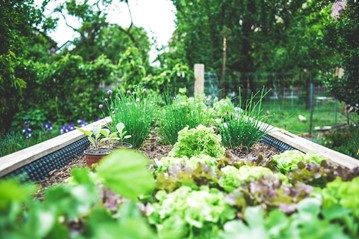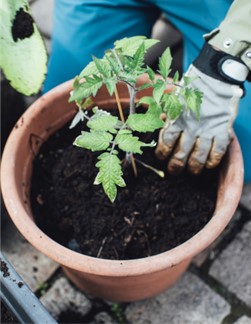All it takes is a sufficiently sun-lit area of any size to create a thriving urban garden.
While small-scale gardening isn’t a new concept, it has become an increasingly popular practice in recent years and even more common in larger cities; applied in open spaces such as neglected parks, abandoned lots, or even in home balconies and terraces.
Having a small space hasn’t stopped individuals from creating their own flower gardens or mini-home grocery stores where they can. In this blog post, Tyler J. Coia provides readers tips and tricks on how to start and maintain a thriving urban garden, even with limited space.
Green Cities: The Benefits of Urban Gardens
Urban gardens help cities and their citizens enhance sustainable development.
They offer plenty of benefits to communities and the environment, some of which are:
- Improves air quality
- Reduces urban heat
- Reduces carbon footprint and food miles
- Provides a sense of community and social interaction
- Provides a connection to nature in an urban setting
- Enables individuals to grow their own food
- Gives access to fresh, organic produce (in areas where options for healthy food are expensive or limited)
Pocket-Sized Paradise – Creating and Maintaining
Tip # 1 – Assess the Space
A garden is very much doable in a small space. However, there are other important factors to consider like the amount of sunlight it receives, access to water, and drainage.
Before planning, take into consideration the amount of sunlight that enters the space throughout the day and if there are any obstructions that may create shade. This will help in determining the type of plants that will thrive there.
Another important thing to consider is access to water, which can be challenging in some urban areas. One can opt to use self-watering planters or a drip irrigation system for easy watering.
Tip # 2 – Choose the Right Plants
If the garden will be on a balcony or terrace that gets access to plenty of sunlight for the majority of the day, opt for basil, rosemary, peppers, tomatoes, and other plants that can handle direct sunlight.
On the other hand, if the area will be mostly shaded, choose ferns, impatiens, hostas, and other flowers that can grow in low-light conditions.

Tip # 3 – Get Creative with the Gardening
Since the space is limited, an urban gardener may need to get creative with the way they plan their space.
One option is container gardening where planting is done in containers and raised beds to provide the plants sufficient space to grow and thrive. Popular options include window boxes and hanging baskets, especially useful on a balcony location.
Another good option is vertical gardening which allows the plants to grow upwards instead of out. Hanging baskets, trellises, and wall-mounted planters are commonly used here.
Tip # 4 – Prioritize Care and Maintenance
Just like a garden in any setting, plant care and maintenance are important to plants in an urban garden.
Create a regular schedule for watering, fertilizing, trimming and pruning, and pest control.
Having an urban garden at home is not only beneficial to the health, community, and environment but also allows individuals to enjoy the therapeutic benefits of planting.
